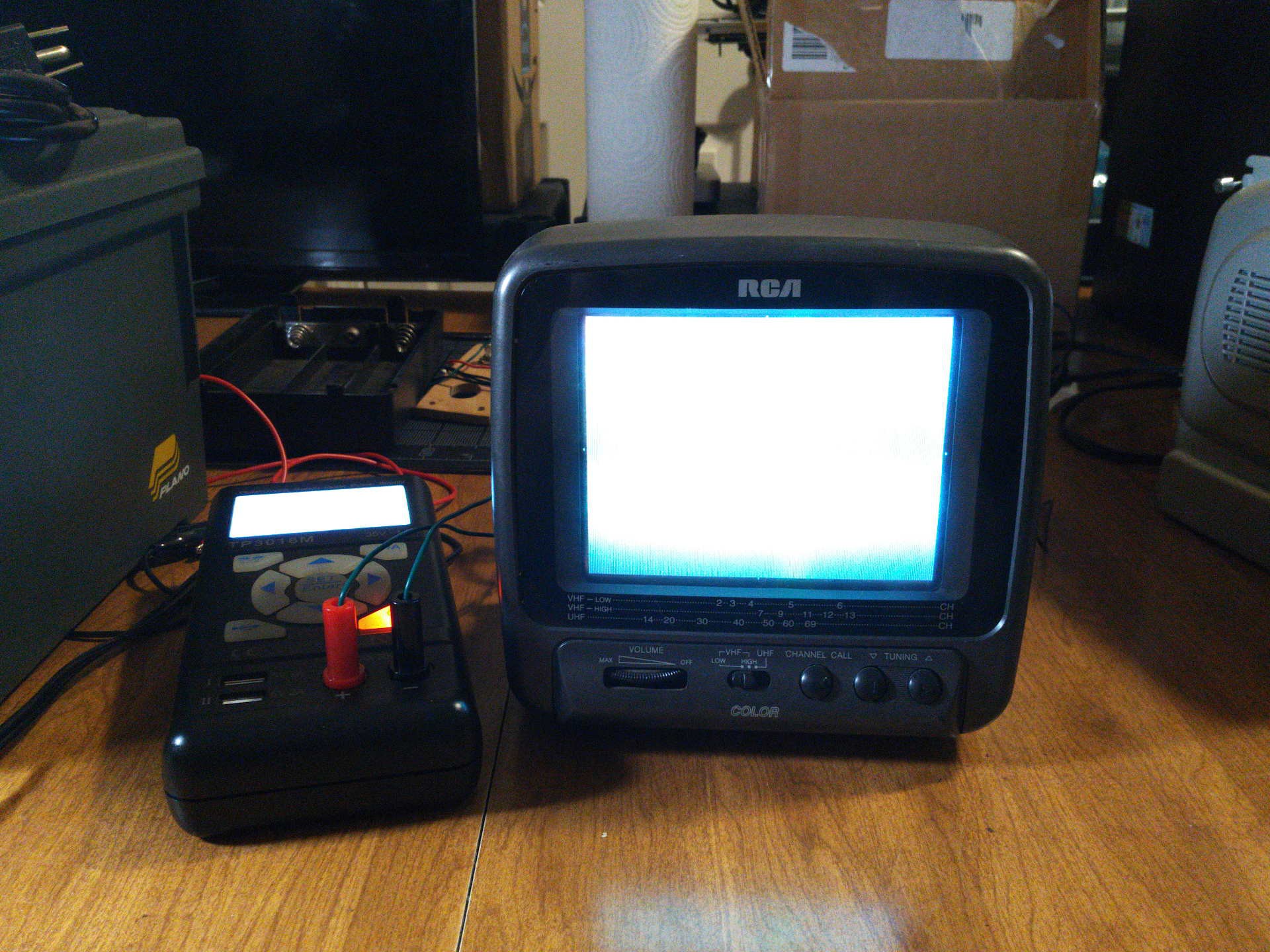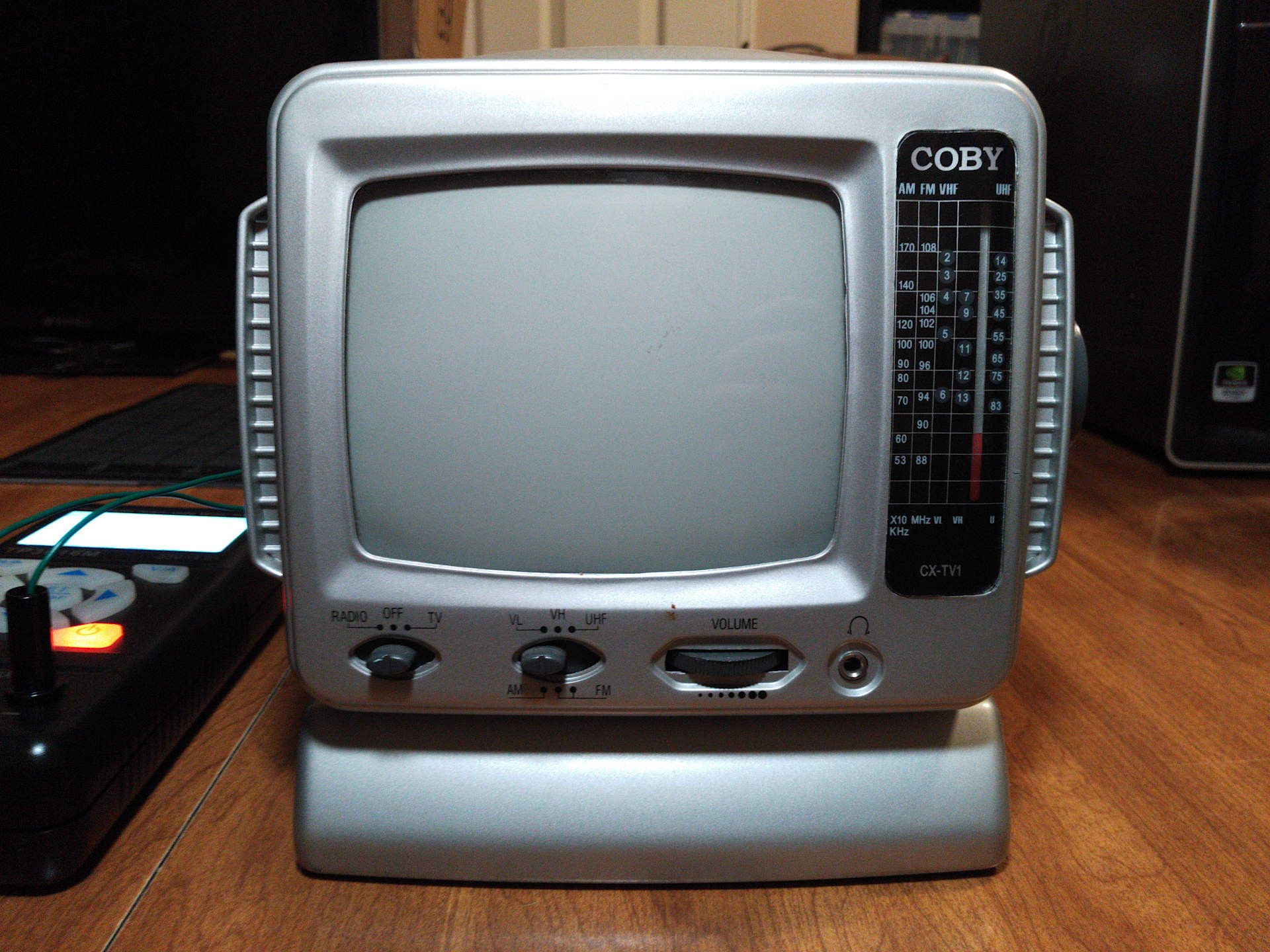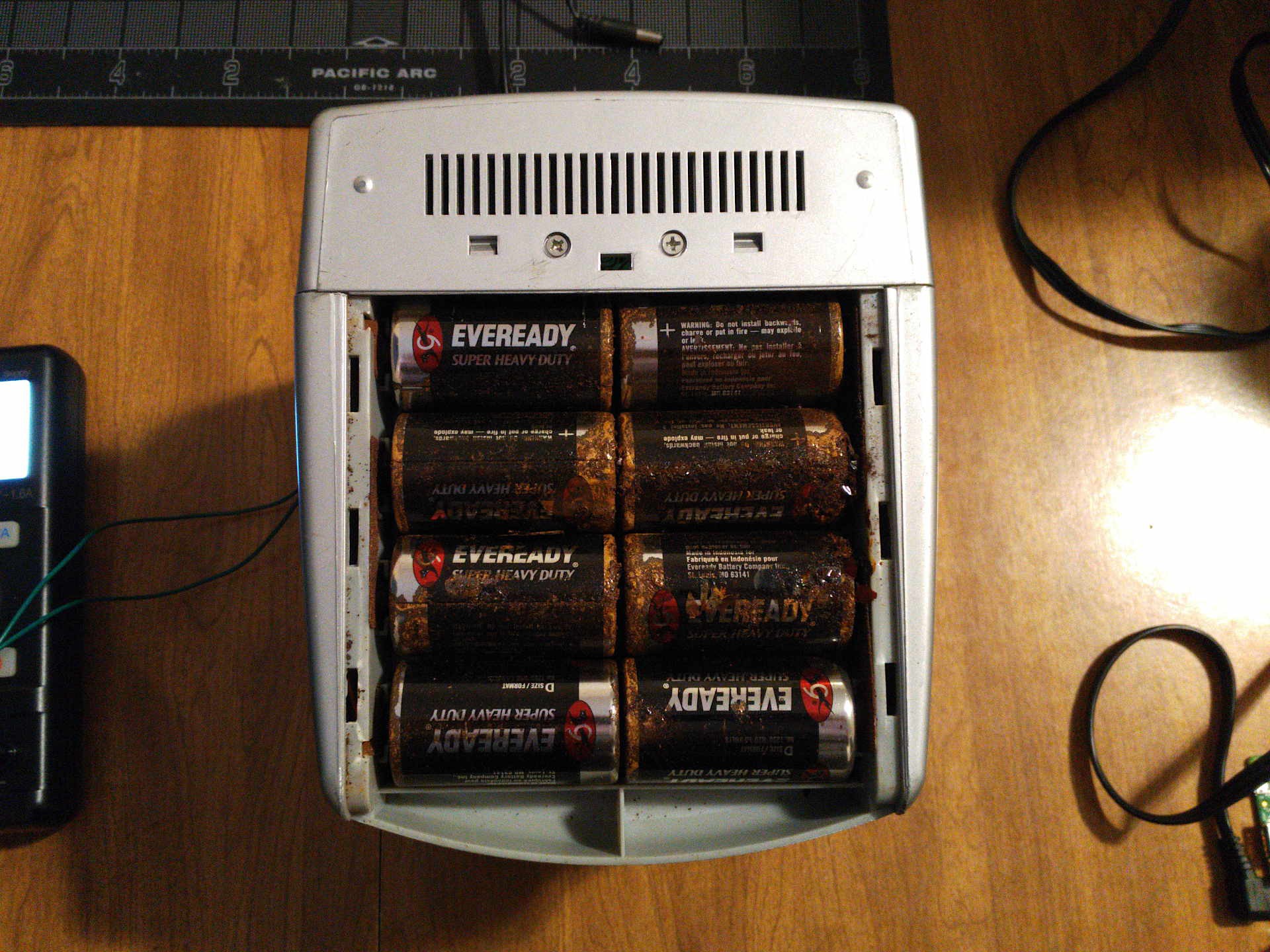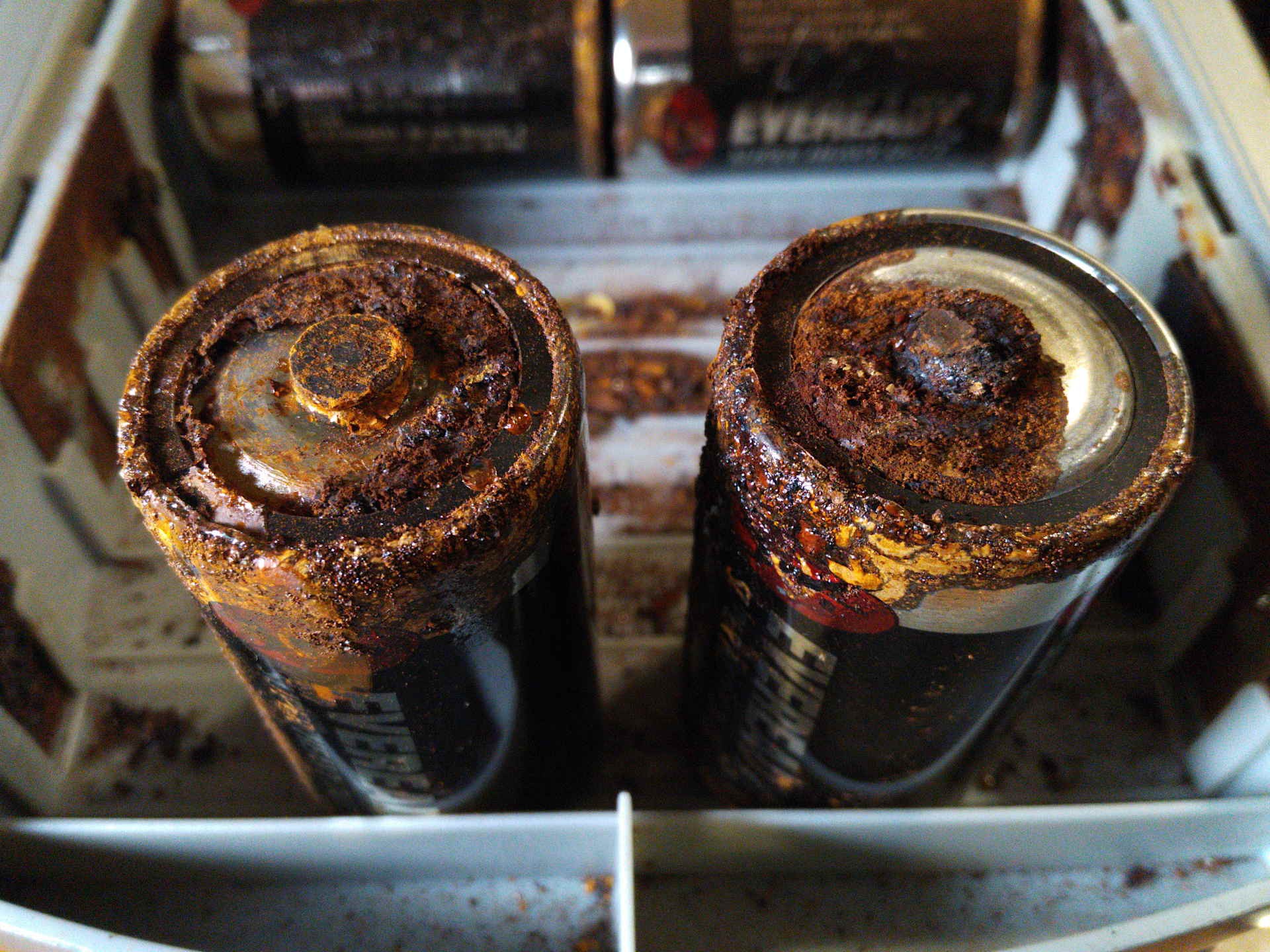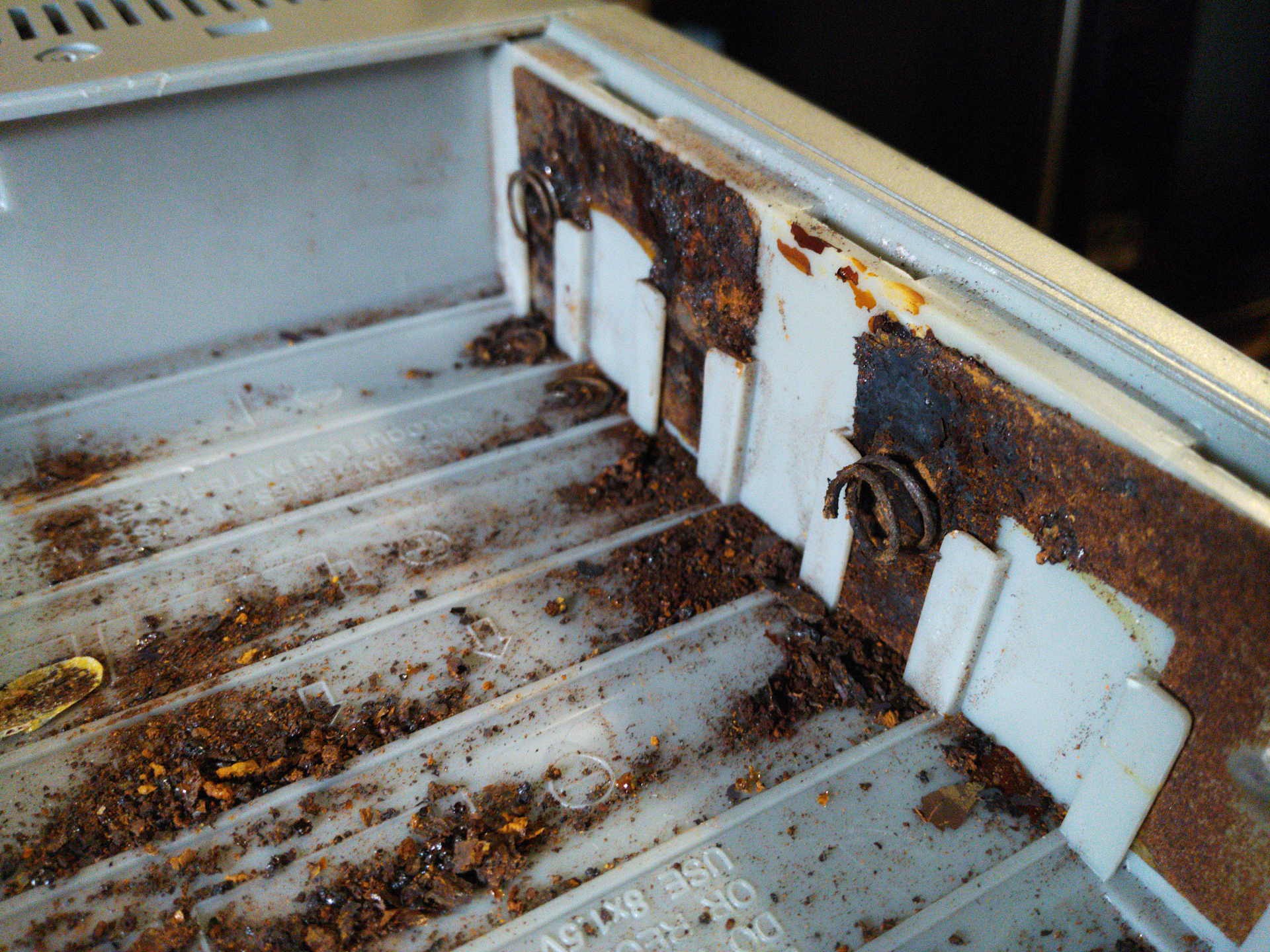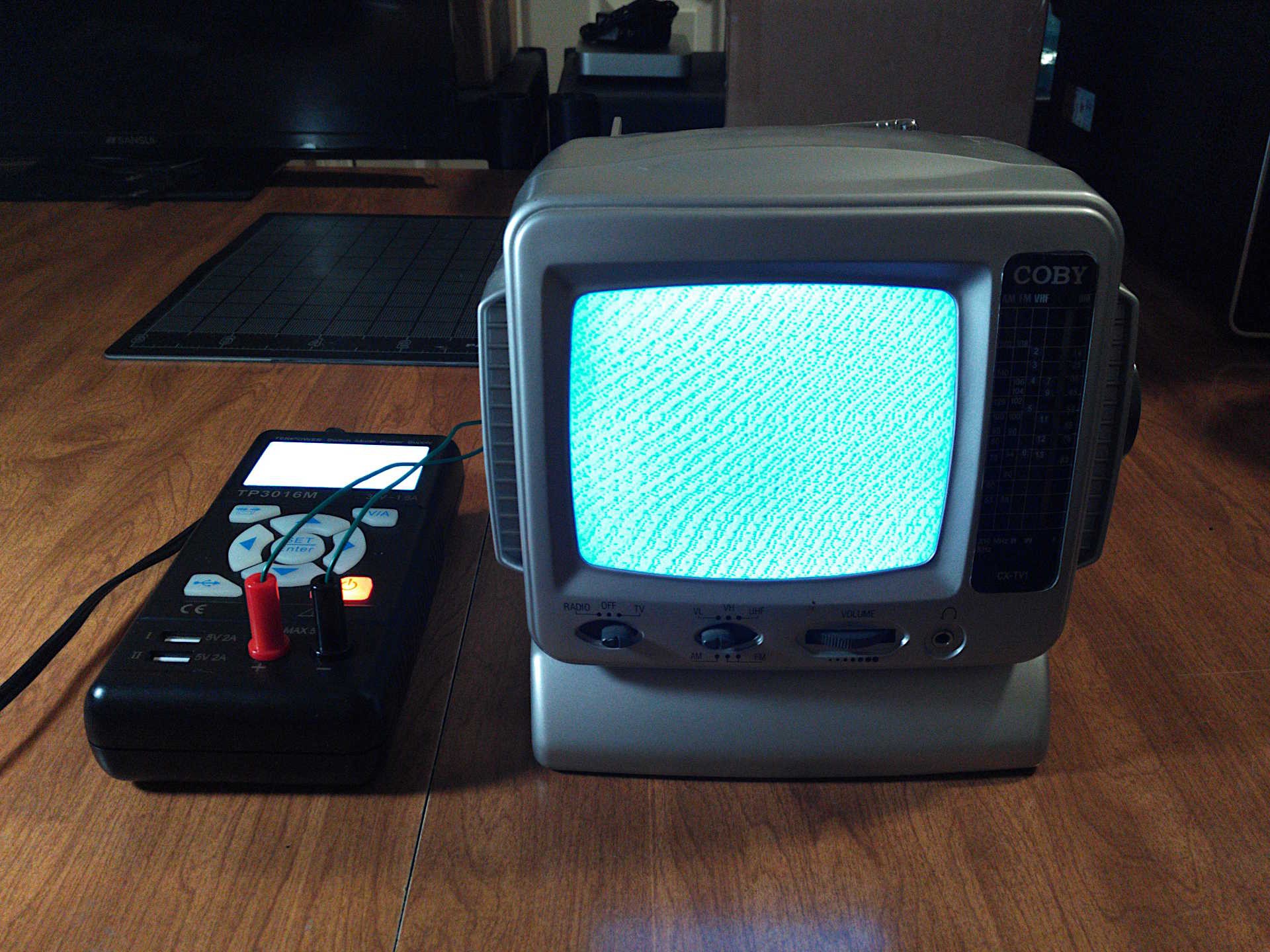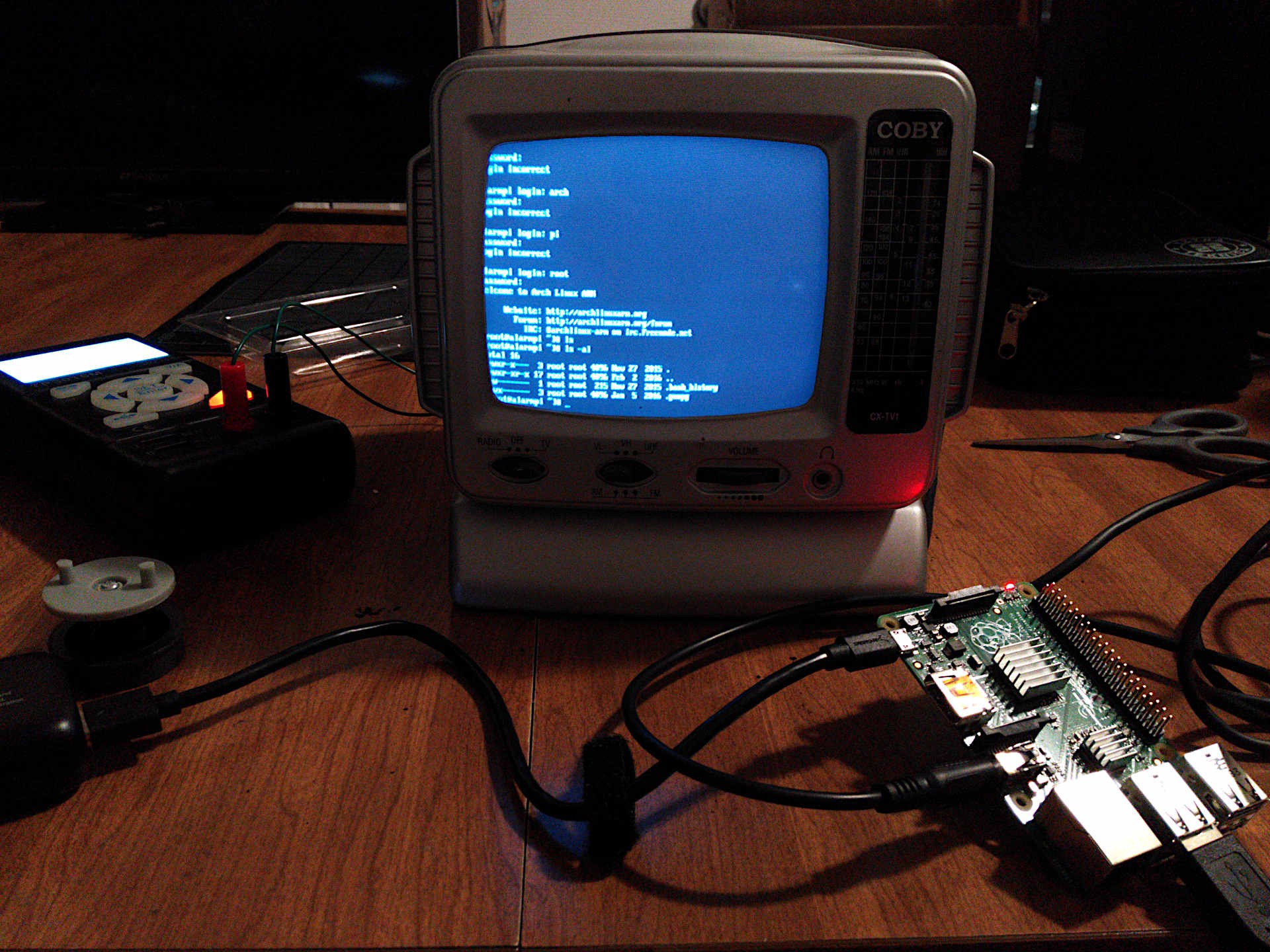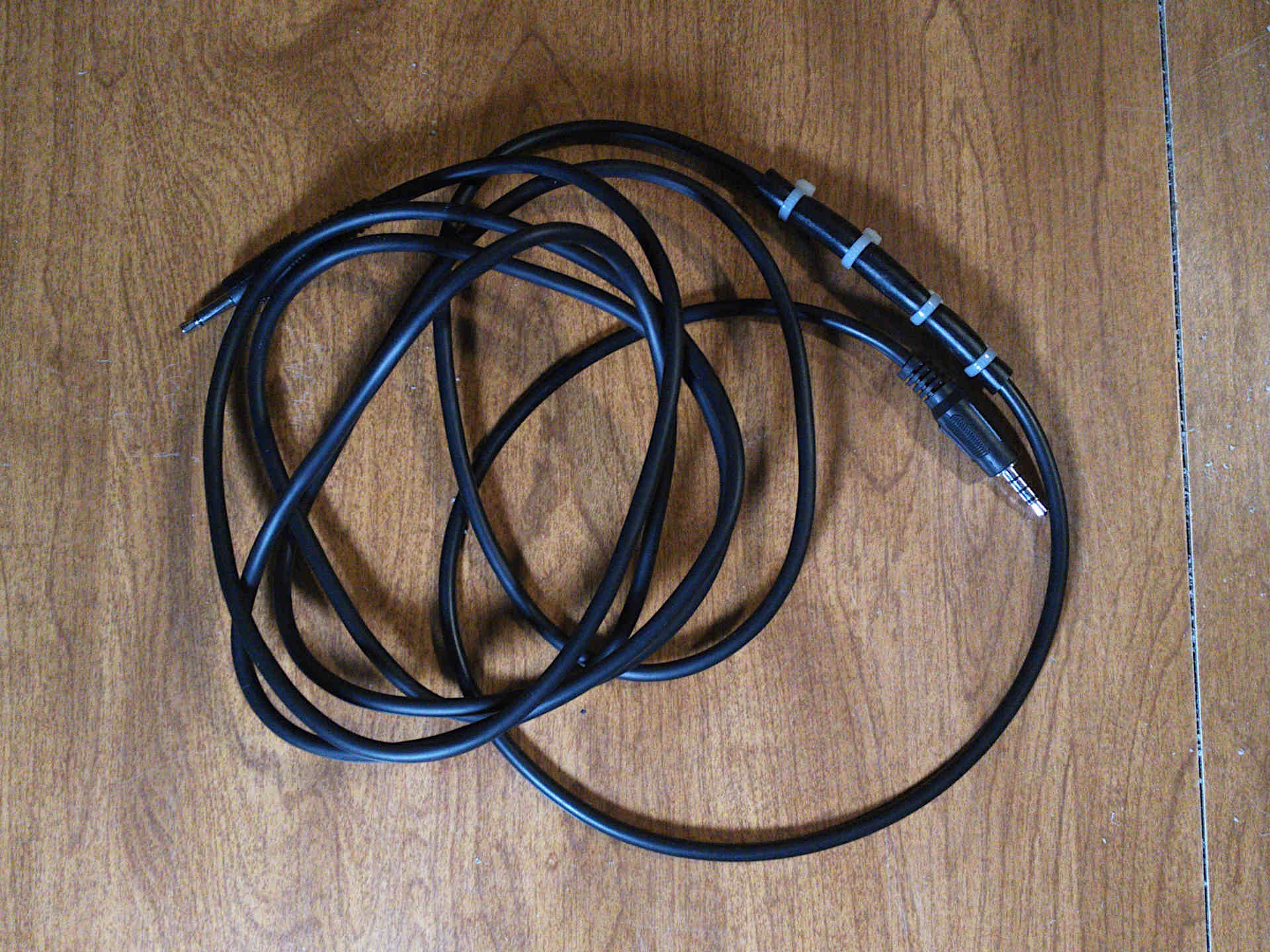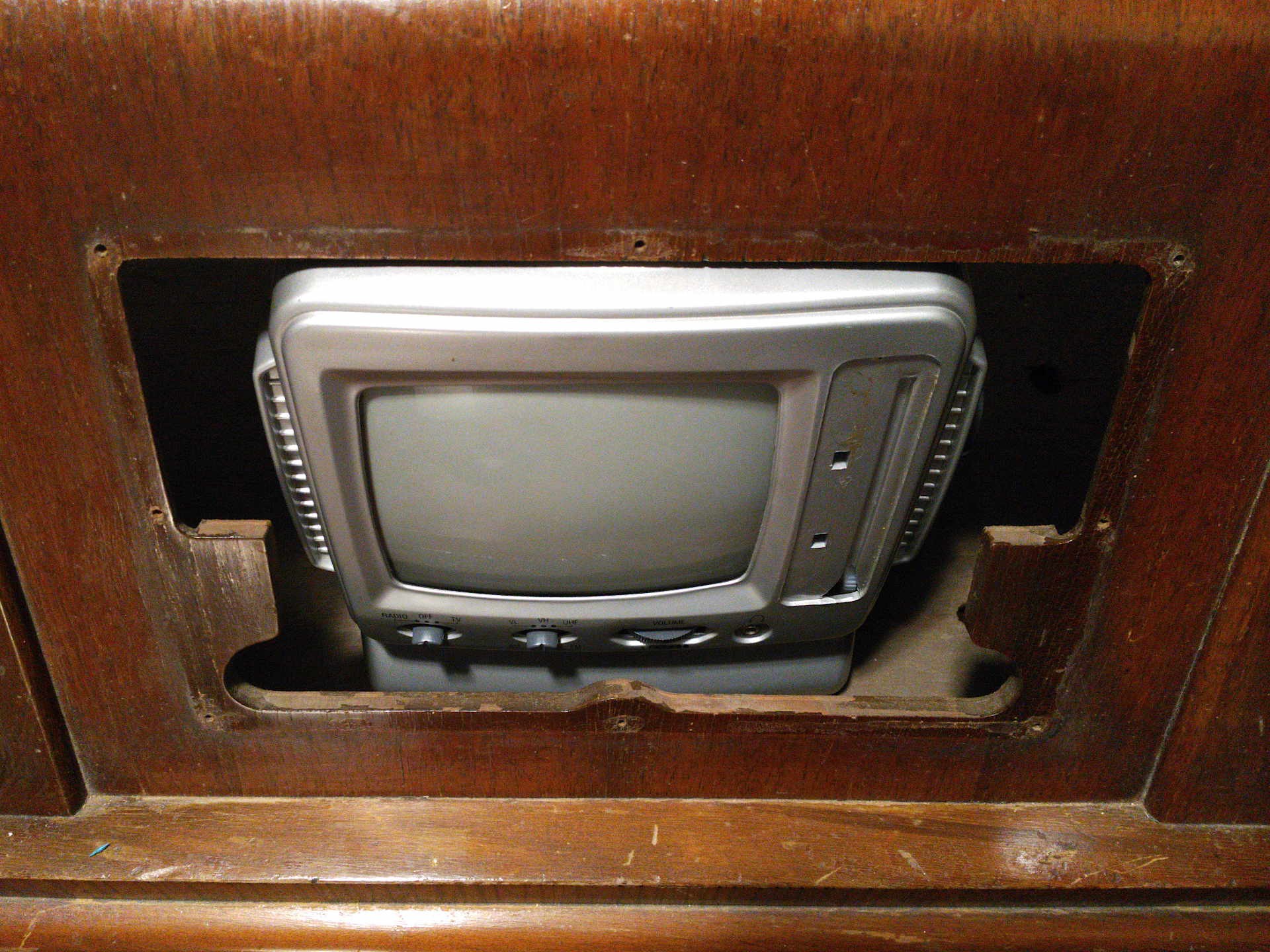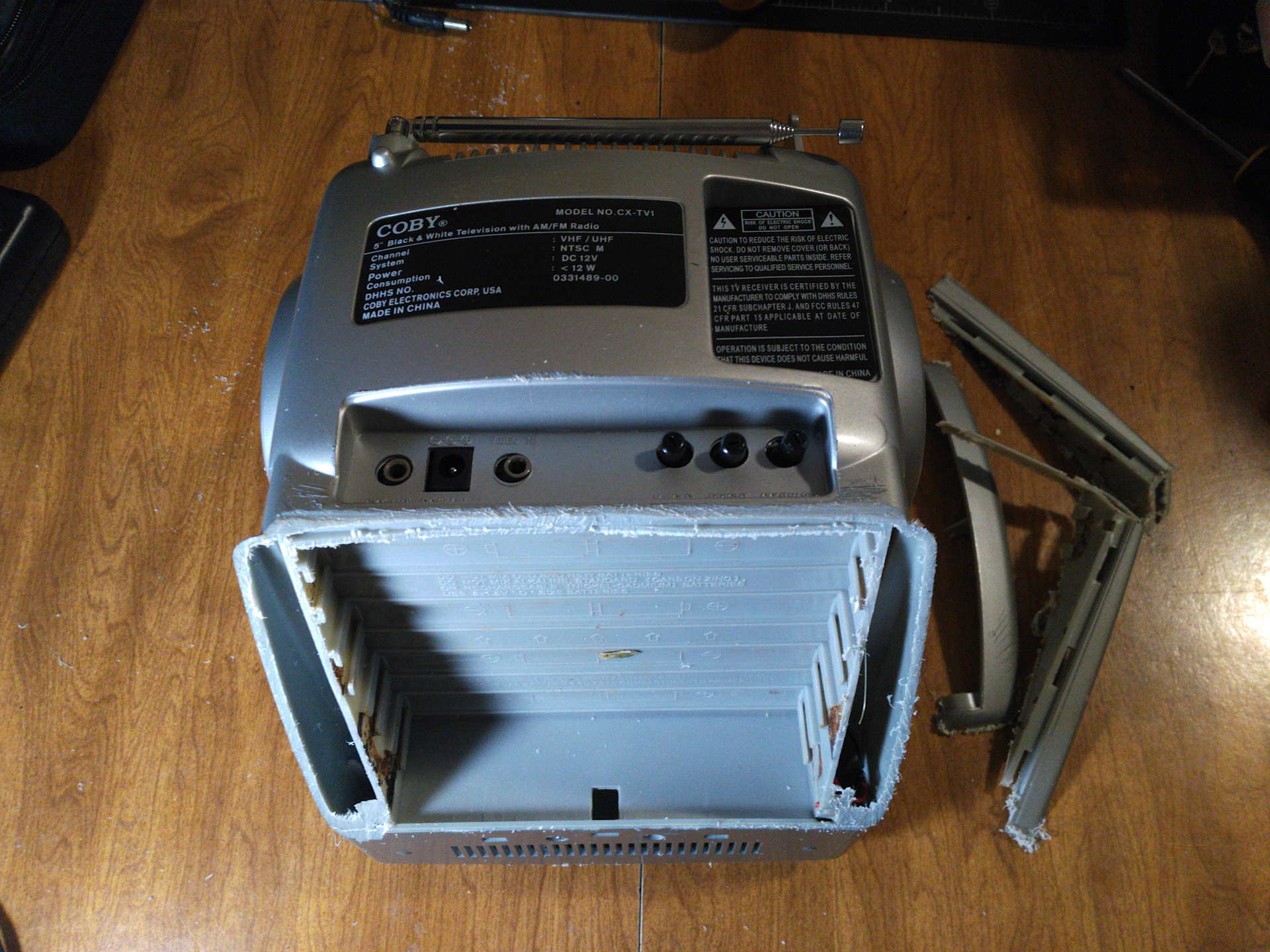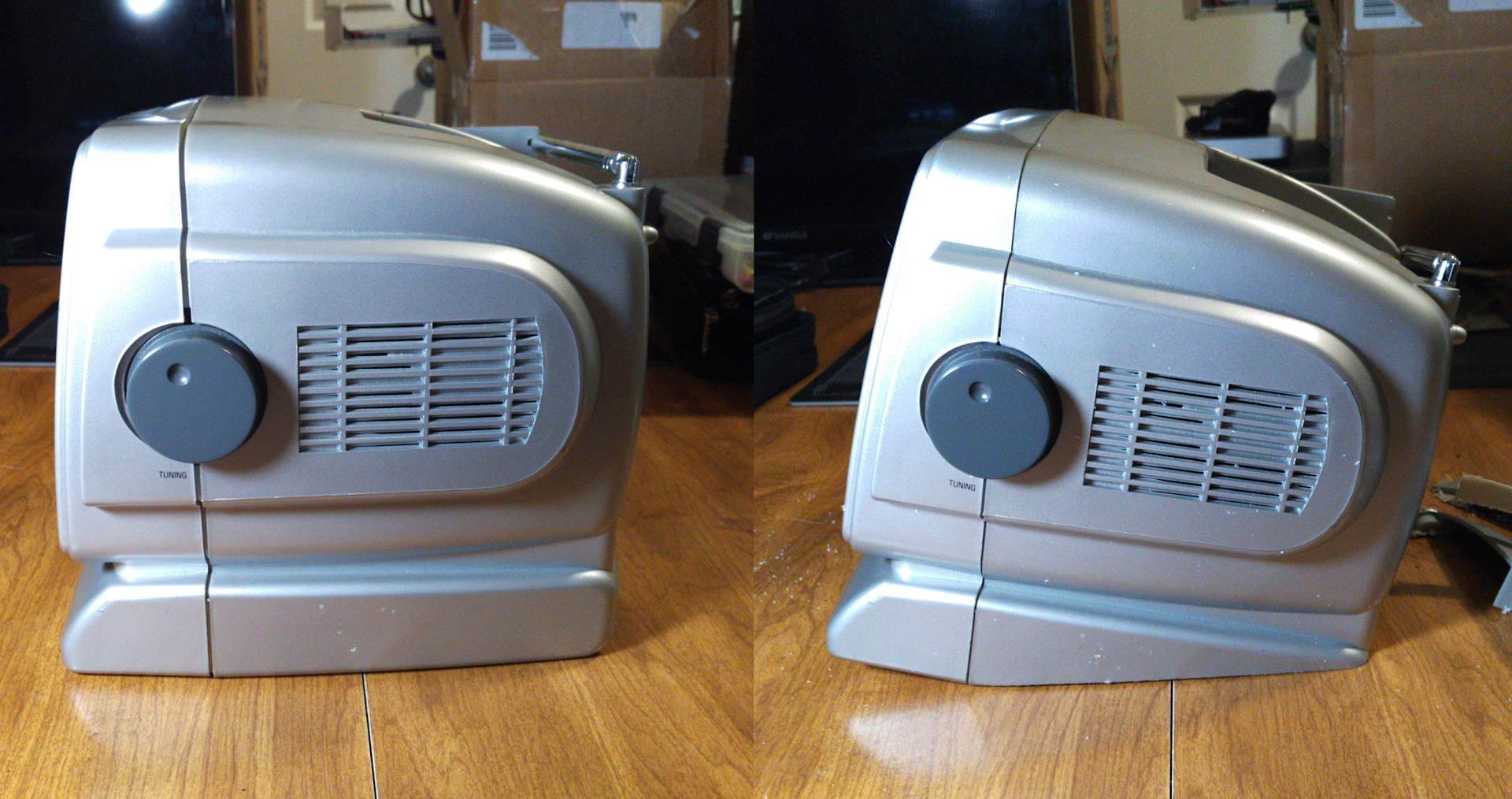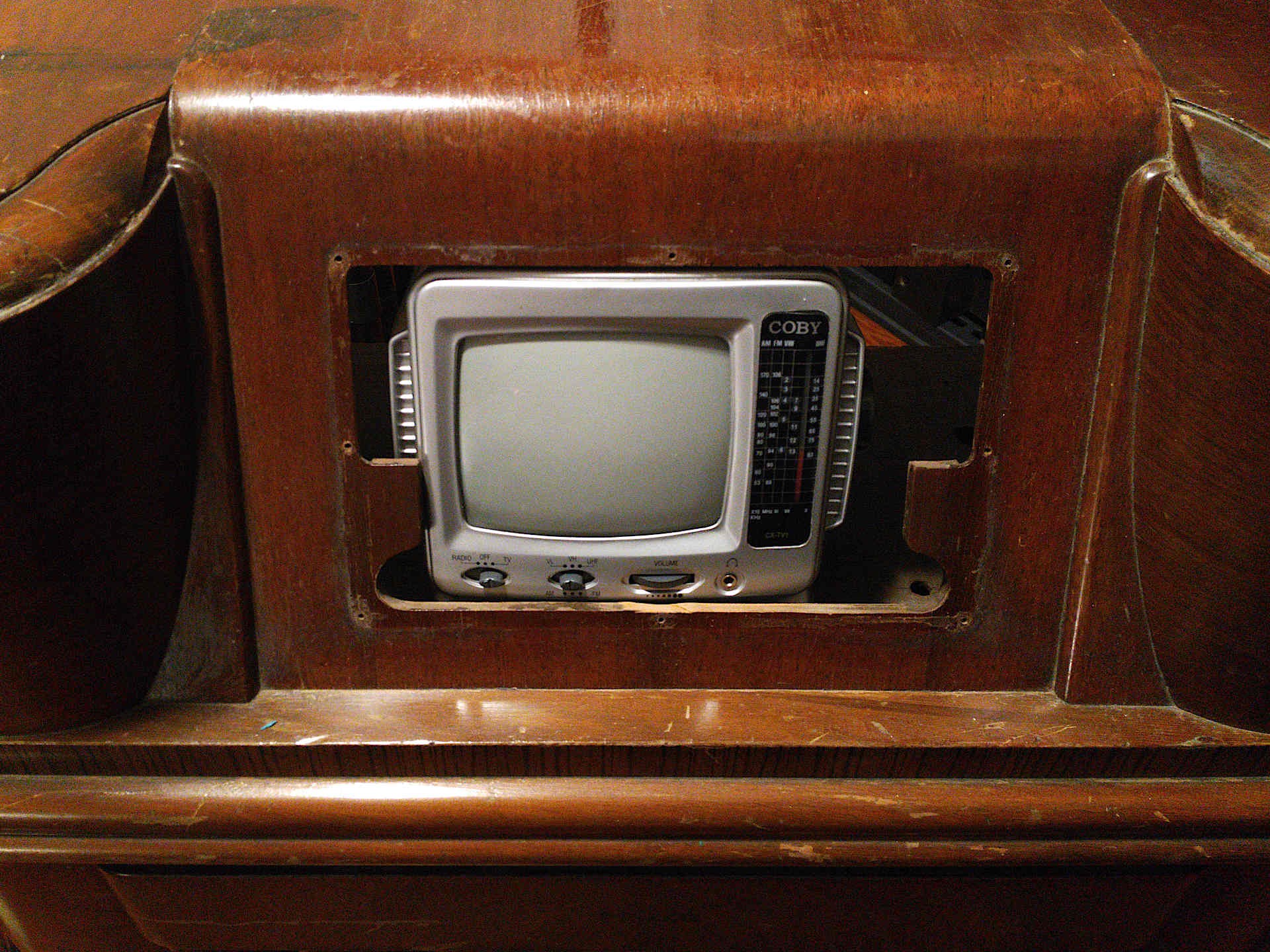Third Tube's a Charm
In the previous log I broke down the RCA TV that I chose to use for a display. I incorrectly assumed the TV was functional and proceeded to dismantle it without testing it. It turns out that when powered up it had some serious issues. At first the tube appeared lifeless while the high voltage transformer emitted high pitch clicks at random intervals. Each click was infrequent, but as time went on the rate increased so much that it almost sounded like white noise. After about 20 seconds the tube began to glow, but was interrupted and flickered during some loud pops. I was only brave enough to test the TV once and I turned it off when it started flickering because I feared it would be damaged if left on any longer. What little picture that was on the screen was out of focus and almost entirely white.
I decided to put the RCA aside and try out a different display that I had handy: a Coby CX-TV1. The Coby is a small combination TV/radio that operates on 12V DC. Like the RCA TV the Coby has a video input, but unlike it the display is black and white.
I found the Coby TV for about $8 while thrifting. I’m happy I didn’t have plans to use battery power because the compartment was left with batteries in it for quite some time.
Every battery was heavily damaged by rust.
The contacts were completely destroyed.
Before dismantling the display I did a test to see if it was operational. To my delight the TV powered on, started relatively quickly, and showed sharp details in static.
The back of the Coby TV has a 3.5mm jack labeled “video in”. I plugged a TS pigtail into this jack and a TRRS pigtail into the Pi’s AV jack and proceeded to poke around. My initial guess of tip=video, sleeve=ground yielded a bouncy and bright picture on the tube. I played with the sync and brightness controls on the back until everything looked fairly clean.
I packaged up the video cable by soldering the video wires and installing shrink tubing on each wire. I sliced a scrap cable sleeve and zip tied it to the sleeves of the joined cables for strain relief.
After verifying the screen was good to use I did a test fit in the cabinet. The entire TV fit without an issue, but the angle of the tube didn’t match the angle of the panel removed from the cabinet.
I looked at the TV for a long bit contemplating whether I should tear it apart like I did with the RCA. I decided to keep the TV in tact so that it would be safer to work around and be more shielded to the environment. I did want to change the angle of the screen so I took a hacksaw to the battery compartment to adjust the TV’s sitting angle.
The change isn’t extreme, but it’s enough to make the screen feel much more natural. The hacksaw cuts weren’t perfectly aligned on both sides, but this was easily fixed with some 40 grit sand paper.
I also removed a small bit of wood from the bottom of the opening in the cabinet. This made it possible to push the TV against the opening in the cabinet without interference from any of the front-panel controls.
I think this new display will better help me achieve the retro-futuristic feel I want in this jukebox. I was excited for the color capability of the RCA TV, but I think the Coby’s black and white, visibly rounded tube is a better fit. I am happy to be working on this project for the first time in a long while. Next log I’ll be assembling all of the hardware modules and testing the assembled system.















